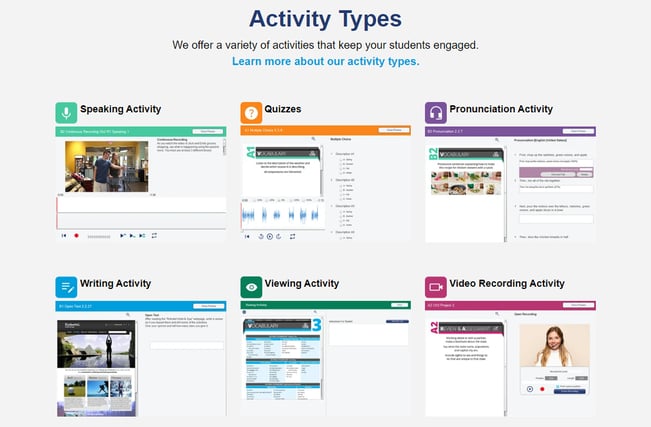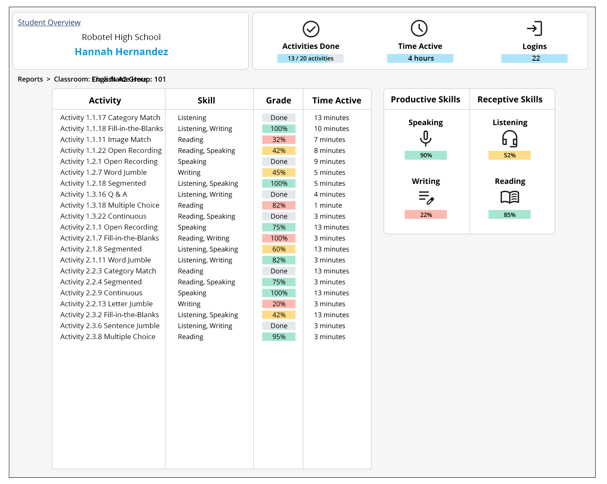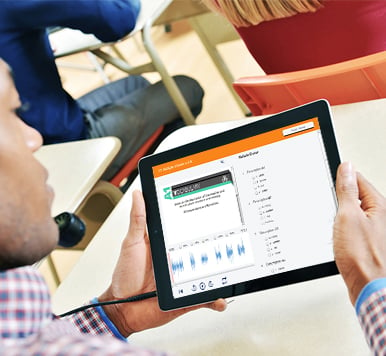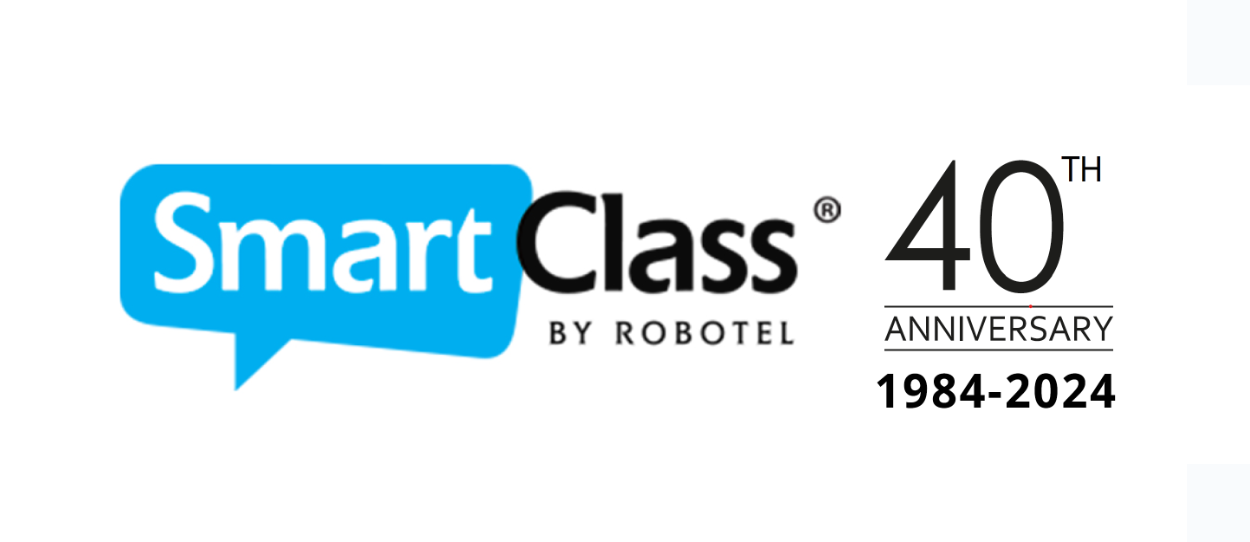Importance of technology in (language) education
Let’s be honest. Sometimes the thought of learning something new, especially when it comes to technology, scares us into denying that it would benefit teaching and learning in the classroom. There wasn’t much technology when we were kids, and we came out fine, didn’t we? We came out fine. Really? Is that the best we can do? Is that what we want for our students, that they come out fine? Maybe we could set the bar a little higher and recognize the importance of technology in education.
There are understandable (but surmountable) reasons why teachers would shy away from implementing new tech in their classrooms. Oftentimes, teachers have not been convinced of the usefulness of something foreign and think they will be on their own to put it to use.
For this reason, there are teachers who stick to what they know and try to ignore the advantages of using the right technology to support teaching and learning.
Through training, support, and a positive attitude, these reasons will all be obsolete, and growth will not only be achieved by the students but by the teacher as well.
What is the importance of technology in language education?
- Technology allows teachers to reach audiences both near and far.
- It can be used in the classroom, accessed from home, and reach students who aren’t even in the same country.
- It opens doors to limitless resources and promotes collaboration.
- Through the use of technology, teachers can better motivate students through interactive and engaging activities, which complement traditional teaching methods and enhance the learning experience.

What is a task that is essential but often gets taken care of during the teachers’ personal time? Grading!
Would you believe that technology can help there too?!
The management and monitoring of student progress is an important aspect of the job that can be supported by educational platforms that tailor to the needs of the user.
The immediate feedback that is provided to students is a benefit that supports and encourages them to take responsibility for their learning and does not require everything to be graded by the teacher.

Teacher-centered instruction turns learner-centered as teachers become facilitators, using technology to increase student involvement. When students are involved and take responsibility for their learning, they make a more meaningful connection to the language, their motivation and engagement increase, and students learn more.

The use of technology provides teachers with additional resources to reach learners with different strengths and needs. Technology encourages learners to learn individually and acquire responsible behaviors, and develop higher-order thinking skills. It helps them solve their learning struggles and find methods to use what they learn in ways that are effective and meaningful.
Hopefully, you have been convinced that there are too many advantages to ignore, and you are now ready to embrace new tech in your classroom. What does that look like? Here are some ways you can implement technology in your daily teaching.
- Music and videos - allow students to experience the language from native speakers and assess what they can comprehend on their own.
- Educational websites and smartphone and tablet apps - provide meaningful, fun, and interactive activities that increase student involvement and engagement.
- Collaborative platforms - help learners put the language they are learning into practice and engage in collaborative activities.
What are the next steps? Teachers need to take it slowly and aim to embed technology in a way that complements their curriculum and supports the learning process. In order to facilitate the integration of technology, enough support and technical assistance need to be provided for teachers to learn how to use and teach effectively. As a result, teachers will be a model for their learners, and the language learning experience will be enhanced.


